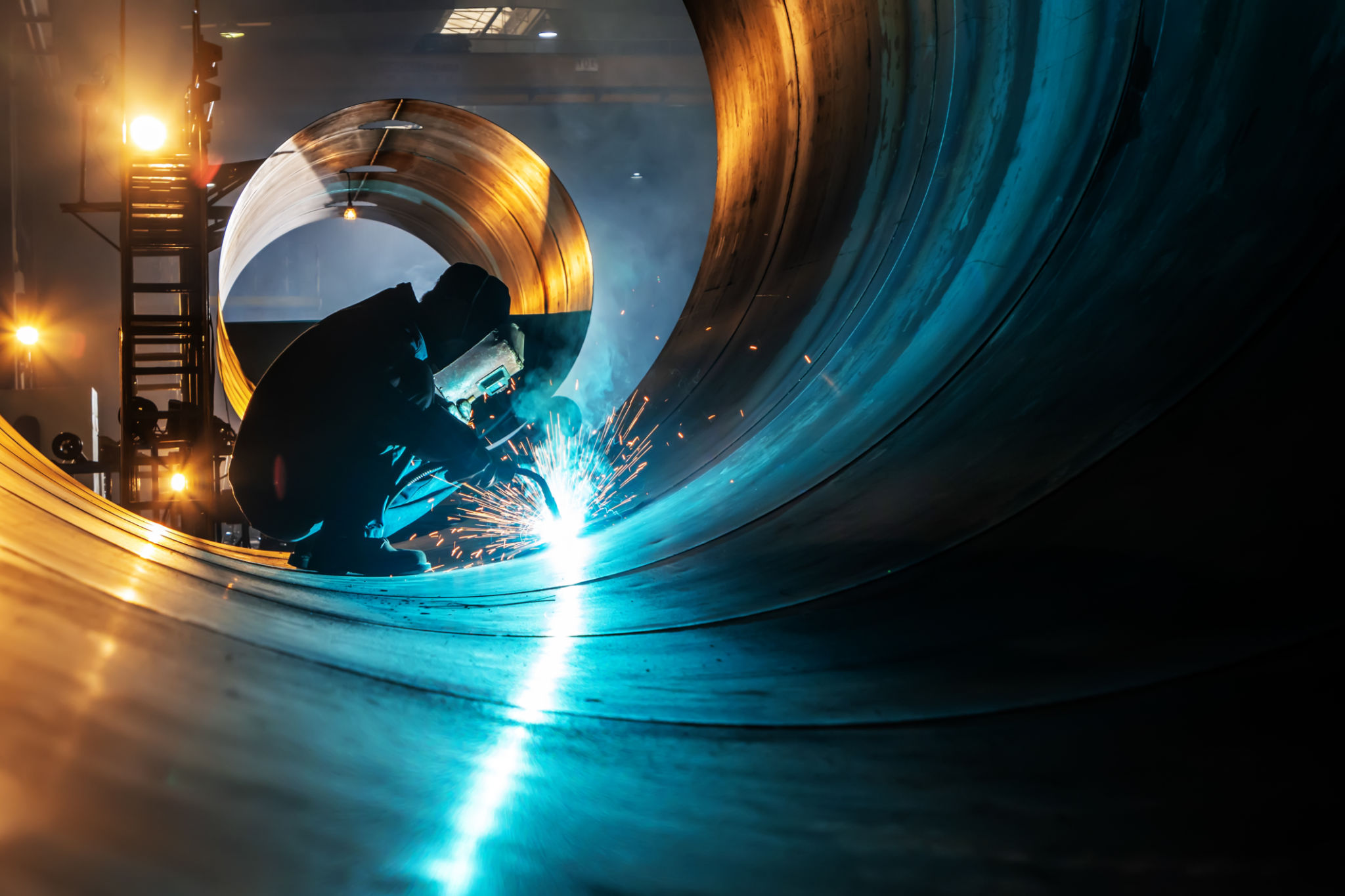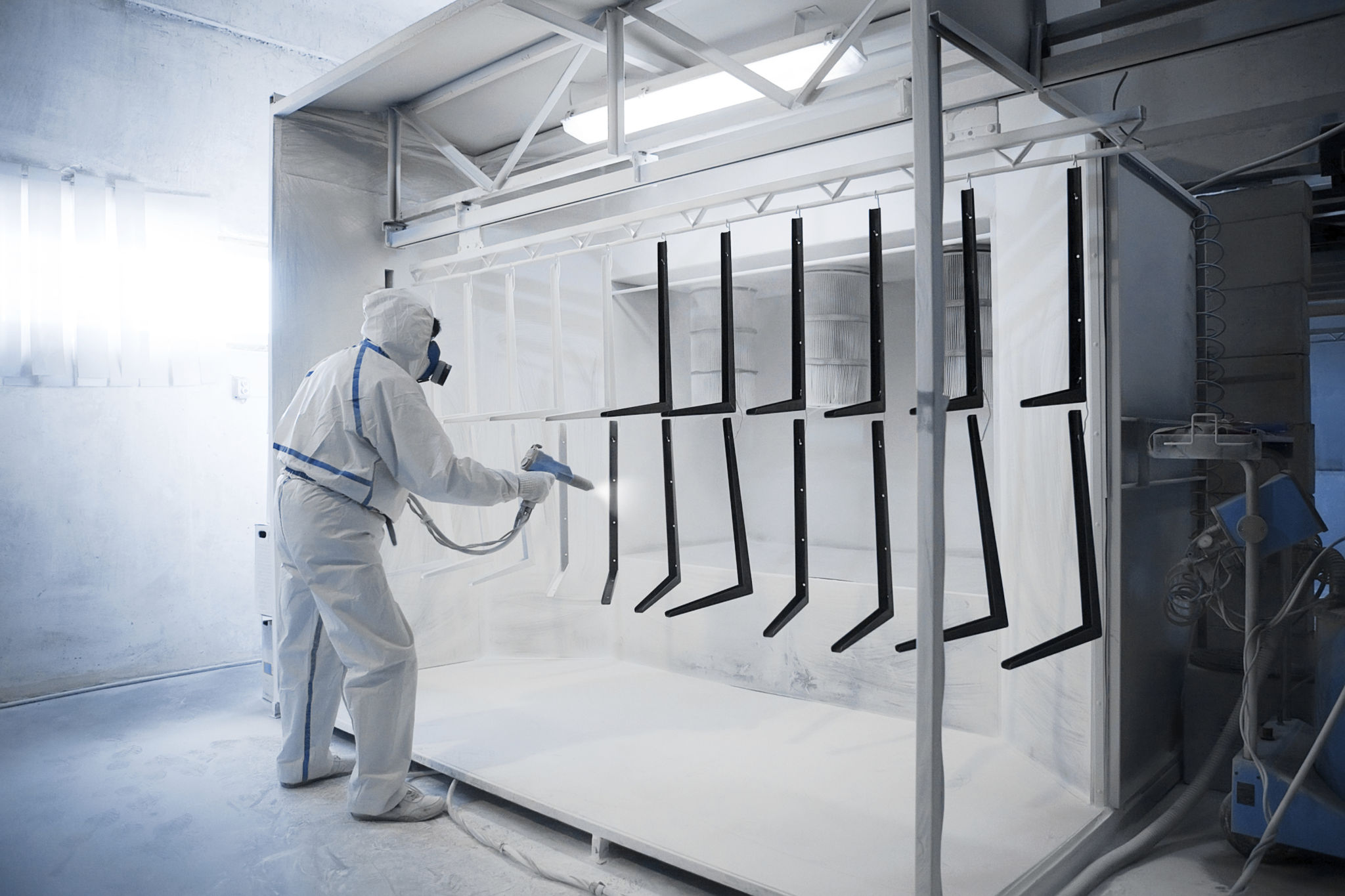Top Structural Fabrication Techniques for Heavy Equipment Repair
Introduction to Structural Fabrication for Heavy Equipment Repair
Structural fabrication plays a crucial role in the repair and maintenance of heavy equipment. This process involves the creation, assembly, and repair of metal structures used in various industries, ensuring machinery operates efficiently and safely. In this blog post, we will explore some of the top structural fabrication techniques used in heavy equipment repair.
Welding Techniques
Welding is one of the most fundamental techniques in structural fabrication. It involves joining metals together by melting the workpieces and adding a filler material. There are several welding methods suitable for heavy equipment repair:
- MIG Welding: This technique uses a wire feed and is ideal for quick repairs.
- TIG Welding: Known for precision, TIG welding is perfect for intricate parts that require a clean finish.
- Stick Welding: Versatile and effective, this method works well outdoors or in less-than-ideal conditions.

Cutting Techniques
Cutting metal accurately is vital in structural fabrication, especially when repairing heavy equipment. Several cutting techniques are commonly used:
Plasma Cutting: This method uses an accelerated jet of hot plasma to cut through metal with precision. Plasma cutting is known for its speed and ability to handle thick materials.
Oxy-Fuel Cutting: Ideal for cutting thicker steel, oxy-fuel cutting involves a chemical reaction between oxygen and the steel to produce a clean cut.
Forming Techniques
Forming metal into desired shapes is essential in fabrication. Press Braking is a common forming technique that involves bending metal sheets into specific angles using a press brake machine. This method allows for precise control over the metal's final shape, making it indispensable for custom repairs.

Assembling Techniques
Once individual components are fabricated, they need to be assembled to complete the repair process. Bolt Assembly is a reliable method that uses bolts and nuts to join components securely. This technique is preferred for its strength and ease of disassembly if future repairs are needed.
Riveting is another traditional assembly method used in heavy equipment repair. It involves inserting rivets through aligned holes in components and deforming them to hold the pieces together.
Coating and Finishing
The final step in structural fabrication for heavy equipment repair involves coating and finishing. Powder Coating is a popular finishing technique that provides a durable, corrosion-resistant layer to the repaired parts. It not only enhances the appearance but also extends the lifespan of the equipment.

The Importance of Skilled Fabricators
The quality of repair work heavily depends on the expertise of skilled fabricators who understand these techniques. Their knowledge ensures that every joint is secure, every cut is precise, and every assembly is robust, contributing to the reliable performance of heavy equipment.
Conclusion
In conclusion, mastering various structural fabrication techniques is essential for effective heavy equipment repair. From welding and cutting to forming and assembly, each technique plays a vital role in ensuring machinery operates safely and efficiently. By understanding these methods, businesses can maintain their equipment in top condition, ultimately enhancing productivity and safety.